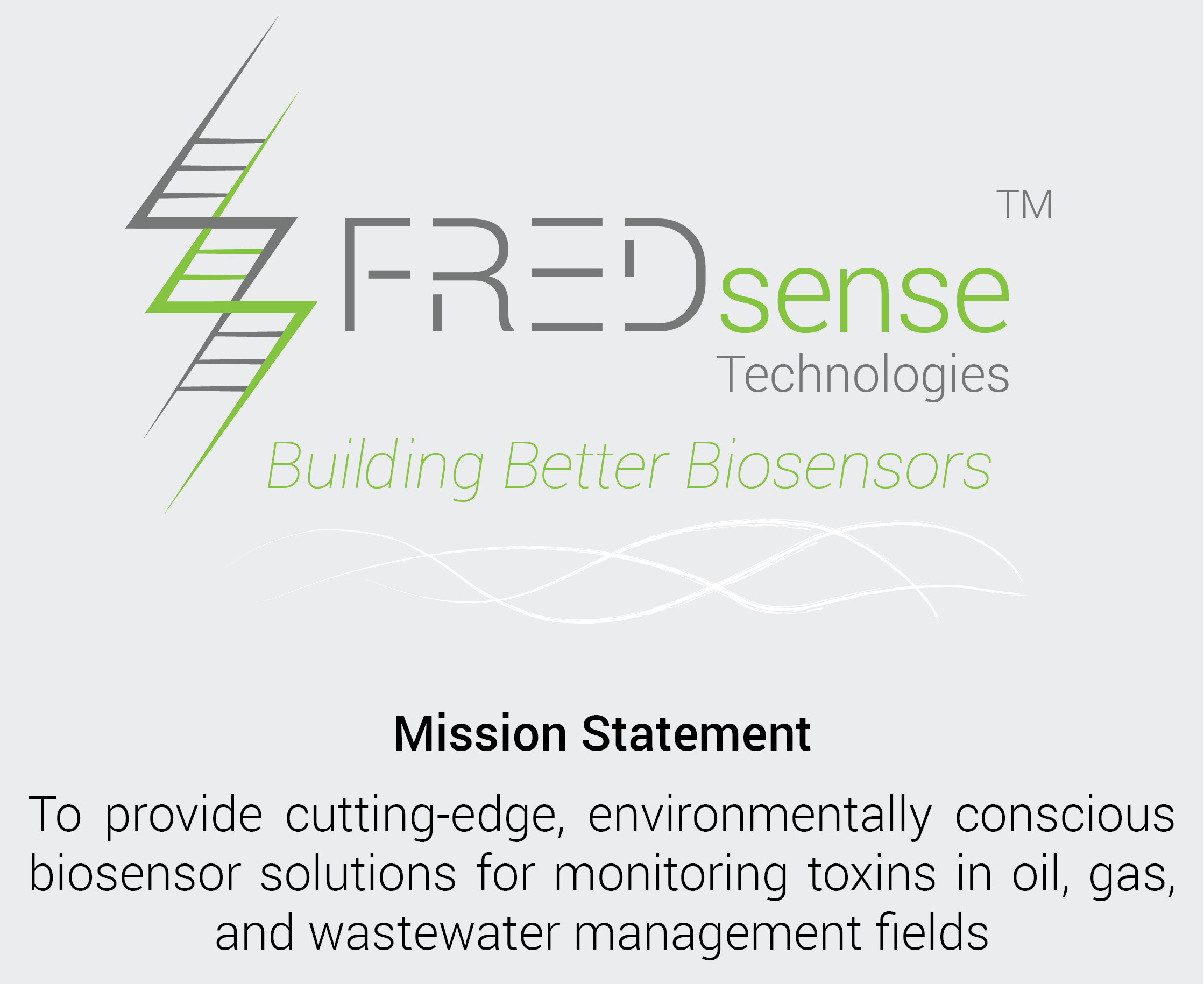Team:Calgary Entrepreneurial/Project/Executive/
From 2013.igem.org
Iaingeorge (Talk | contribs) |
|||
| Line 8: | Line 8: | ||
<li><a href="https://2013.igem.org/Team:Calgary_Entrepreneurial/Project/Manufacturing">Operations</a></li> | <li><a href="https://2013.igem.org/Team:Calgary_Entrepreneurial/Project/Manufacturing">Operations</a></li> | ||
<li><a href="https://2013.igem.org/Team:Calgary_Entrepreneurial/Project/Market/">Marketing</a></li> | <li><a href="https://2013.igem.org/Team:Calgary_Entrepreneurial/Project/Market/">Marketing</a></li> | ||
| + | </ul> | ||
| + | <ul> | ||
<li><a href="https://2013.igem.org/Team:Calgary_Entrepreneurial/Project/Management">Management</a></li> | <li><a href="https://2013.igem.org/Team:Calgary_Entrepreneurial/Project/Management">Management</a></li> | ||
<li><a href="https://2013.igem.org/Team:Calgary_Entrepreneurial/Project/Model">Milestones</a></li> | <li><a href="https://2013.igem.org/Team:Calgary_Entrepreneurial/Project/Model">Milestones</a></li> | ||
Revision as of 00:46, 27 October 2013



FREDsense's website works best with Javascript enabled, especially on mobile devices. Please enable Javascript for optimal viewing.
FREDsense Technologies
Our mission is to Build Better Biosensors by providing a diverse platform technology to the world, with a focus on monitoring water samples - faster, cheaper, and more reliably than other competing technologies on the market.
Executive Summary
In the oil extraction process, over 200 million litres of waste is produced and contained in massive lakes known as tailing ponds. These ponds are a serious concern to both the environment and industrial practices. Alberta’s Provincial government enforces a zero discharge policy of water from these tailing ponds and government regulation requires that oil sands companies monitor tailing ponds alongside water quality in the surrounding lakes and water streams. Present technology used for monitoring water quality at oil sands sites are highly sensitive, however they pose several current challenges. These include high cost for these testing technologies, a need for highly trained personnel, and a requirement for samples to be shipped to off-site testing facilities. In order to meet the growing need to monitor samples on-site and with greater detection speed new technology is needed.
Introducing FREDsense, a biosensor monitoring system that can determine general toxicity in a water sample. FRED is rapid and capable of sensing toxicity in less than 5 minutes while being in-expensive through simple construction materials, and highly robust through the implemented control components. FREDsense is a platform technology, and can be applied to numerous different markets as new products are developed, making it flexible and capable of bringing forward multiple revenue streams.
Our first target vertical market is oil and gas water monitoring. With the number of sample sites in 2011, general toxicity sensing holds a market of up to $50 million in the industry. Annual profitability predictions, based on similar competitive products, suggest that FREDsense could reach annual profits of up to $2,654,000 by capturing 30% of the Alberta market. With the expected growth of monitoring sites to more than double we see this as an optimal market to pursue.
Presently, detection is performed using expensive analytical machinery including Fourier transform infrared spectroscopy and mass spectrometry. Portable biosensors systems do exist in this market, primarily marketed under the name MicroTox. MicroTox has established a powerful market presence, however it has numerous limitations due to its limited accuracy, expense, and sample limitations. As the major general toxin monitoring system in the market, MicroTox has dominated the market. We see a powerful new opportunity to build the next generation of toxin monitoring technologies. By partnering with our end-user customers, namely HydroQual one of the six major companies responsible for water quality testing in the oil and gas market, we hope to gain a strategic foothold in the marketplace.
We have established a group of advisors and students with a firm foundation in science, chemistry, engineering, law, and business strategy. Our team consists of six biology/chemistry students, two professors, and numerous industry representatives.
FREDsense is a product based company with a revenue model consisting of a detector and cartridge units. Recurring revenue is achieved through the sale of cartridge units for each sample that needs to be taken. Detector units will be sold independently of the cartridges, and a single detector can be used for multiple samplings.
Our overarching goal is to develop a biosensor technology with clear advantages in the oil and gas industry that can revolutionize how current testing is performed. The technologies we are leveraging to build out biosensors have immense flexibility to respond to changing market trends and new market verticals.
Company Description
FREDsense focuses on the development of novel, field-ready electrochemical detectors for oil sands applications. We are both a product and an R&D company based out of Calgary, Alberta, Canada, focusing on building synthetic biology based electrochemically biosensors.
Our flagship product is an electrochemical general toxin sensor for use in water quality testing. This system involves the use of an electrochemical detector unit with a cartridge system to which water samples are added. This represents a renewable income stream as customers must continuously purchase new cartridges for each sample tested. Our unique bacterial strain senses the presence of various toxins and reports if the sample has high enough threshold toxicity to be of toxicological concern.
Our principal market is within environmental consulting and monitoring, specifically for the oil and gas sector. However, our system can be applied to a wide variety of applications, ranging from environmental to health and even manufacturing. The electrochemical system our technology uses is diverse and the general toxin sensor is the first generation of an entire platform of sensing elements that will allow us to move into many markets as we grow. Second generation products will include sensors for a variety of specific oil and gas industry compounds of interest including naphthenic acids and hydrocarbons.
We have developed a technology with distinct market advantages compared to competing products. The components of our system are cost effective as they reduce the per unit cost to our end-user while maintaining valuable profit margins. Secondly, our technology is a rapid detector that is faster than any competing system on the market. This is a significant competitive advantage, particularly as market conditions evolve to meet more stringent and dramatically increased regulatory requirements for the number of monitored sites.
 "
"


